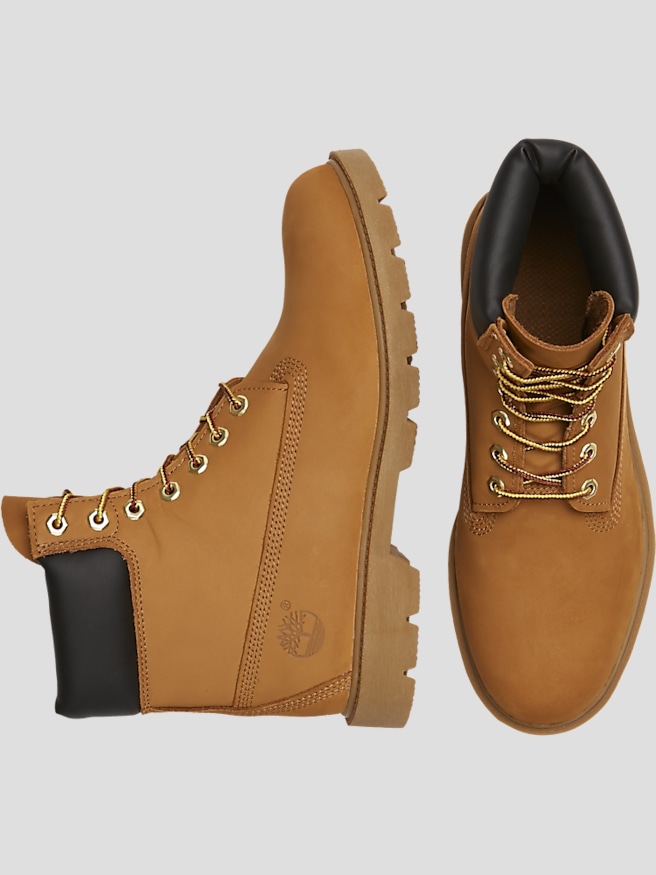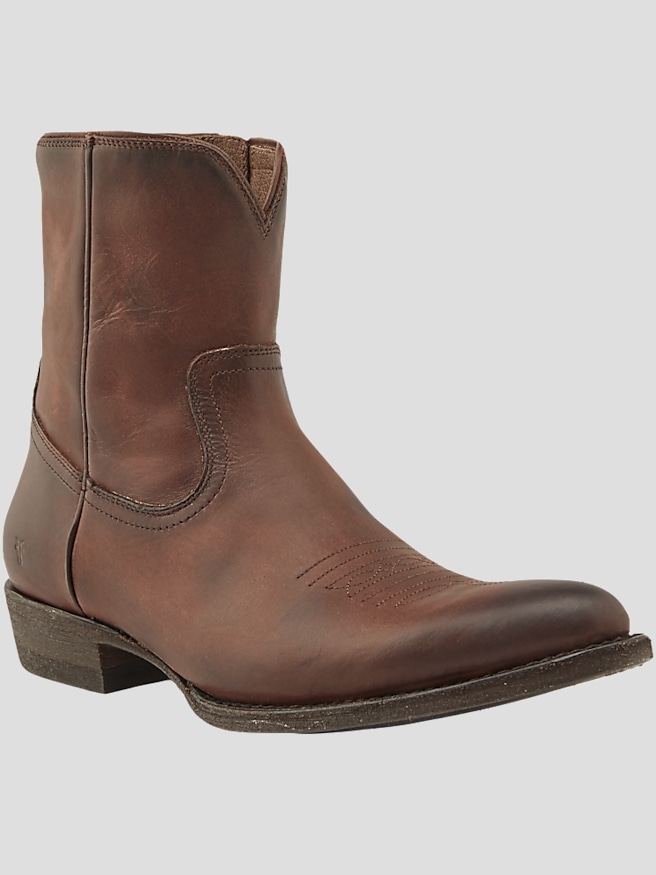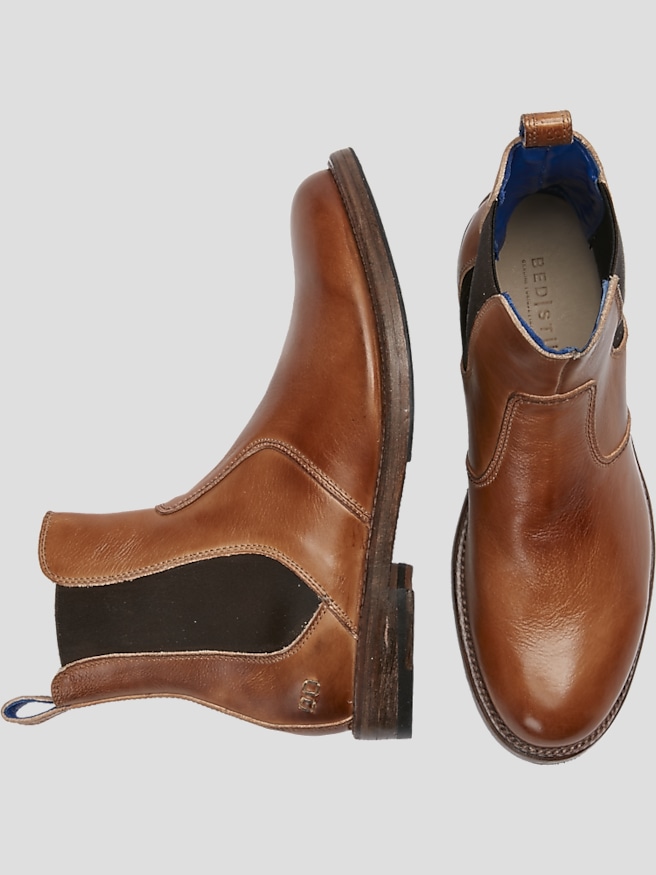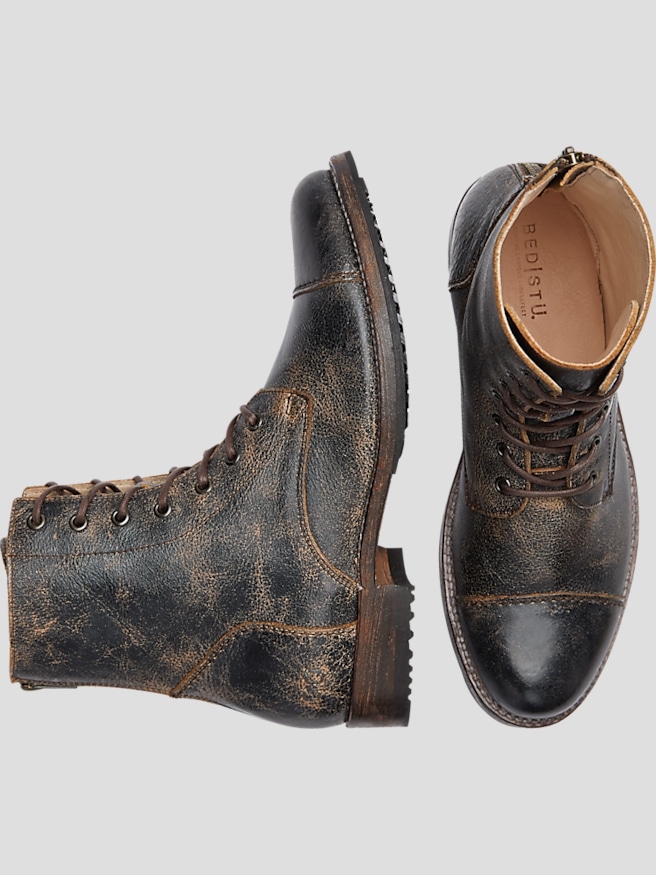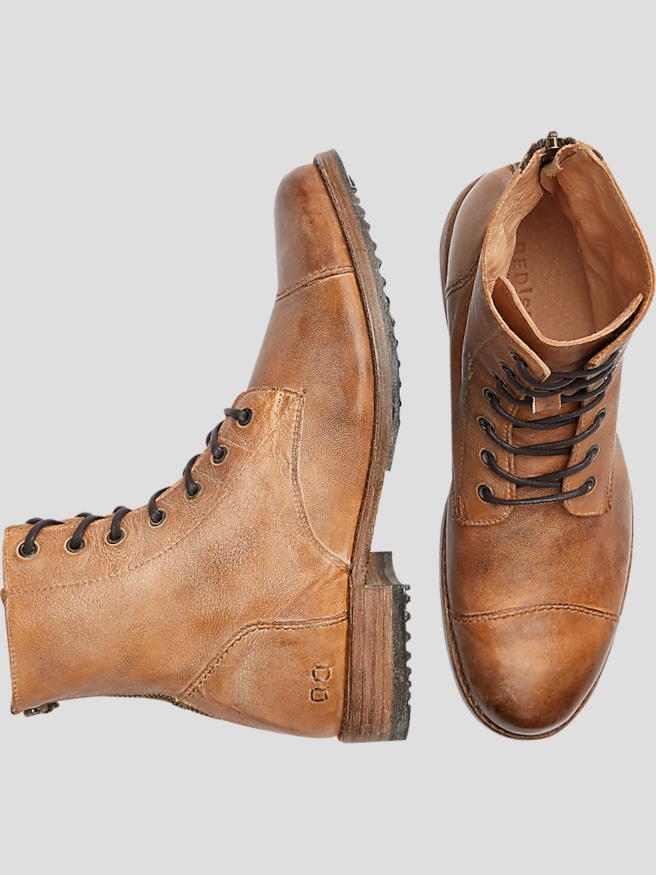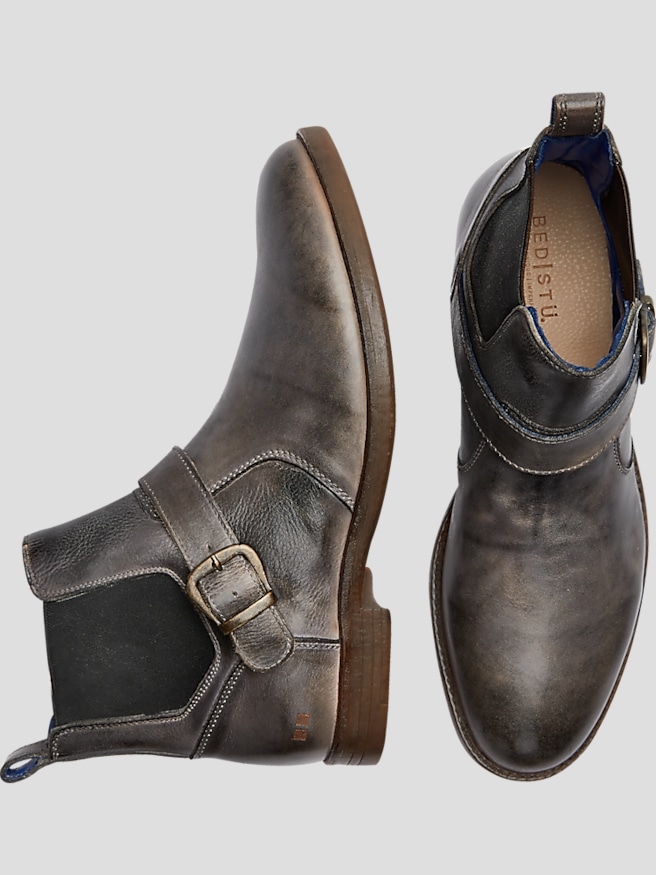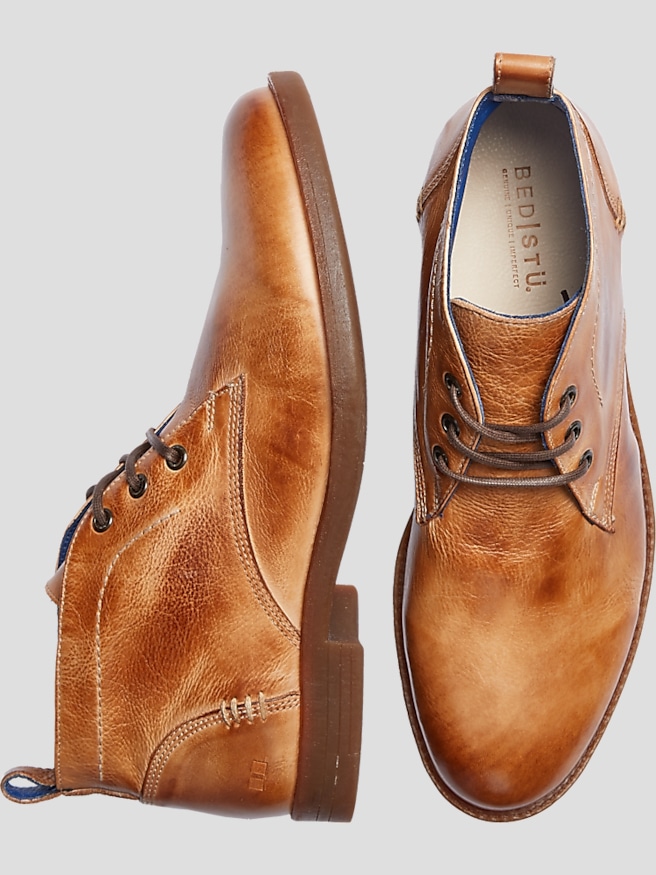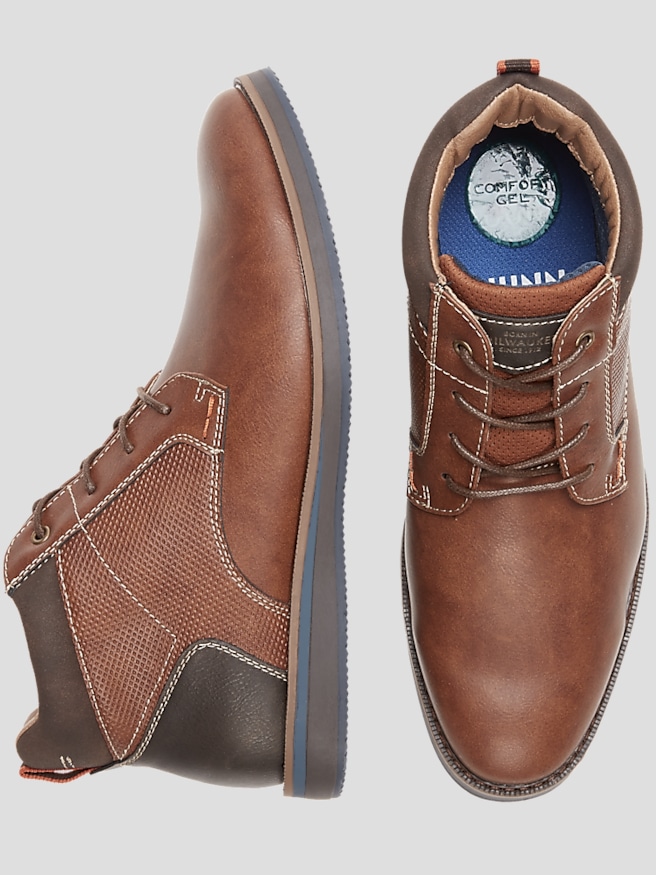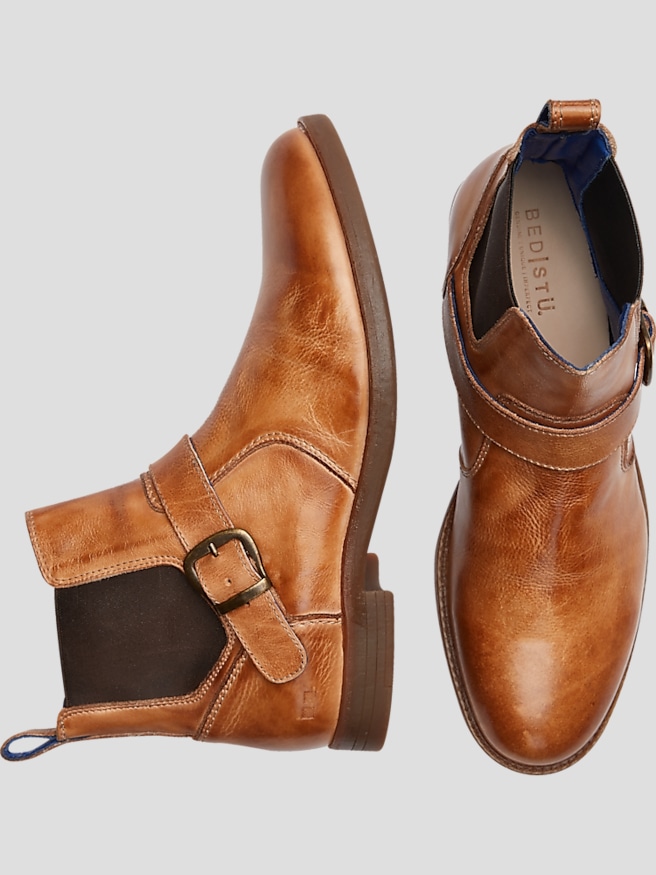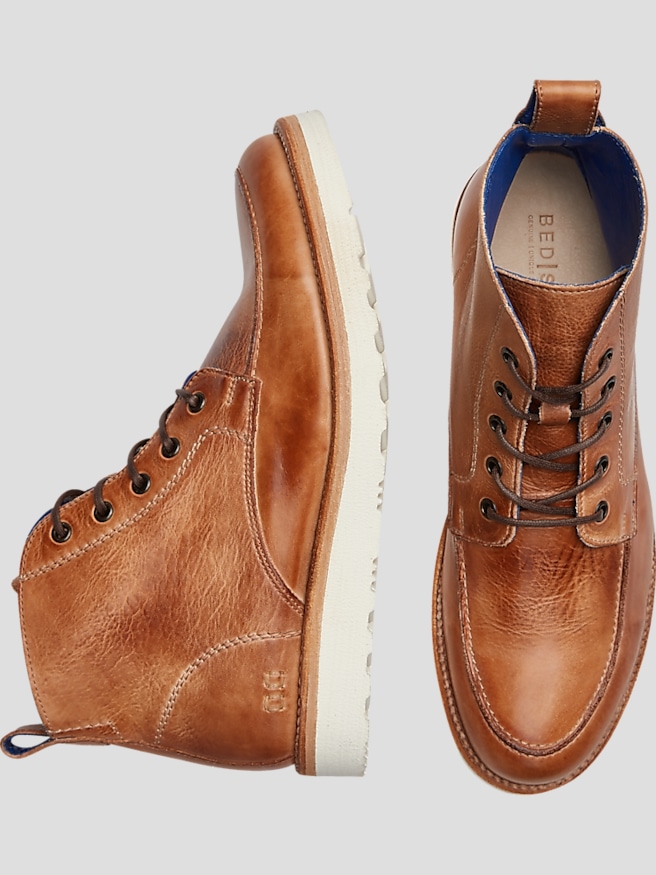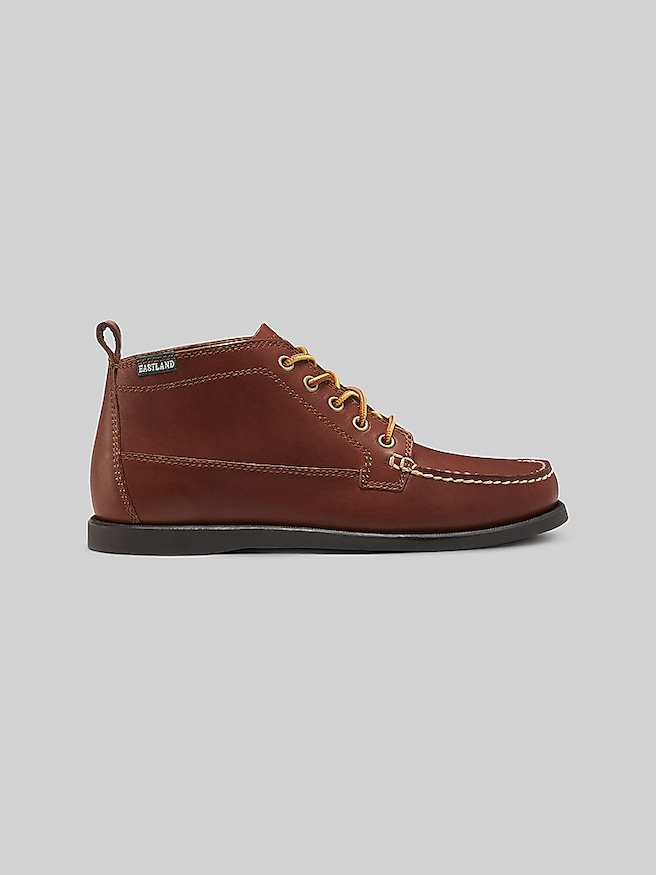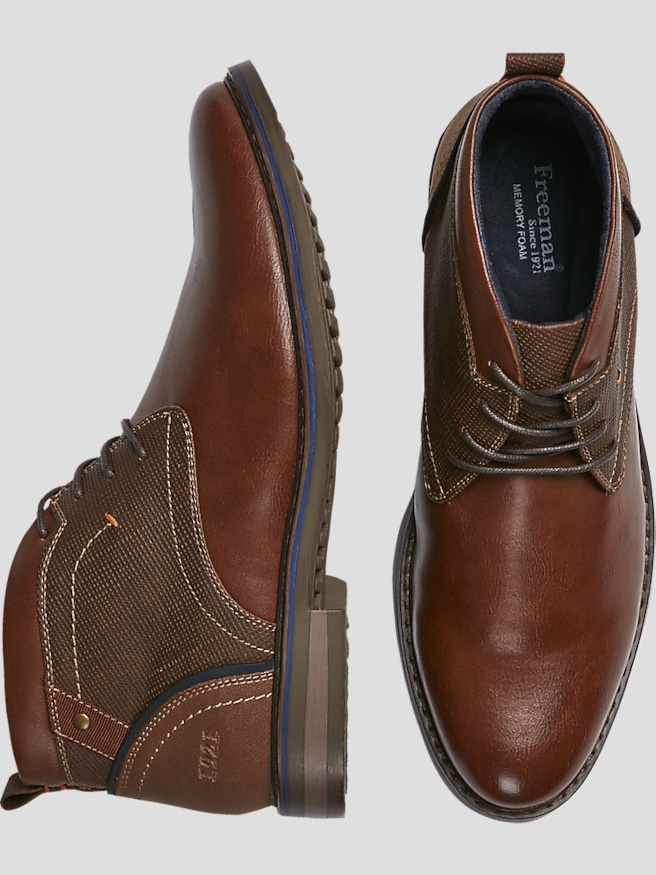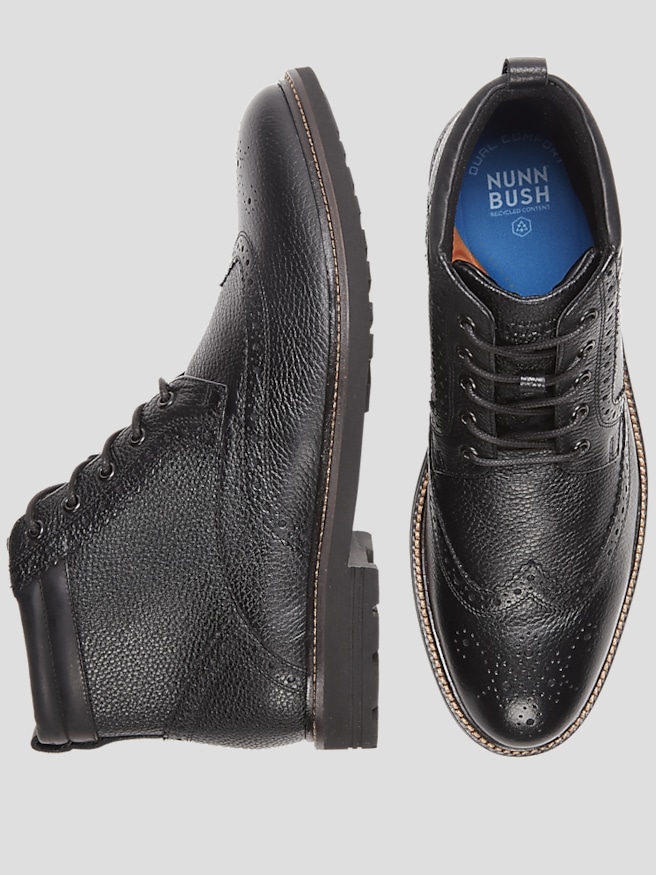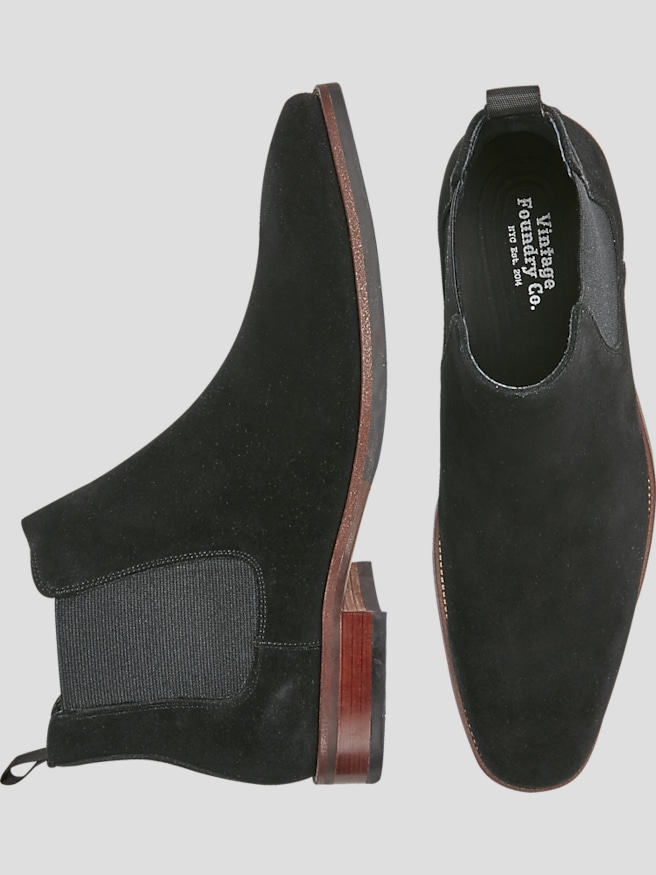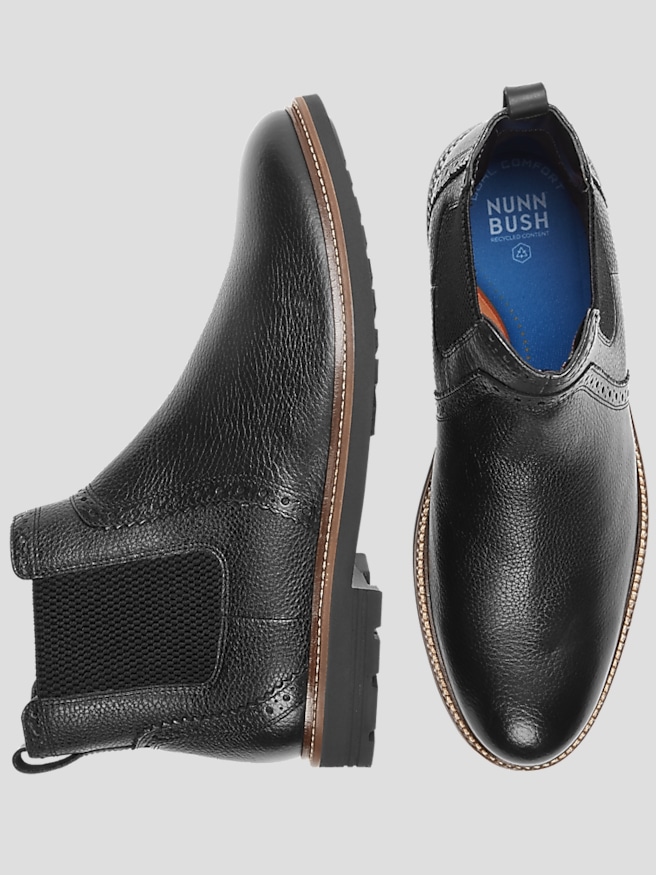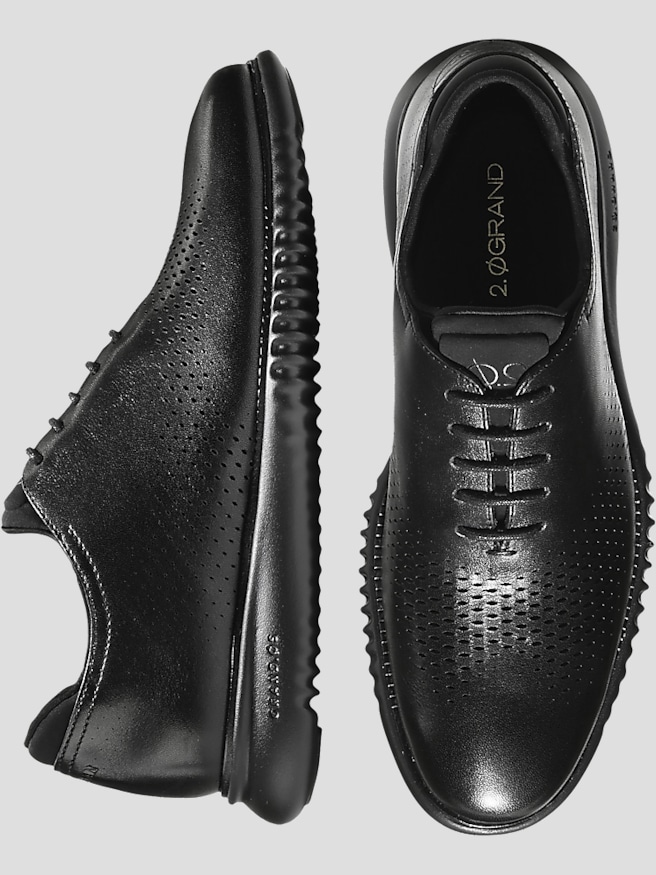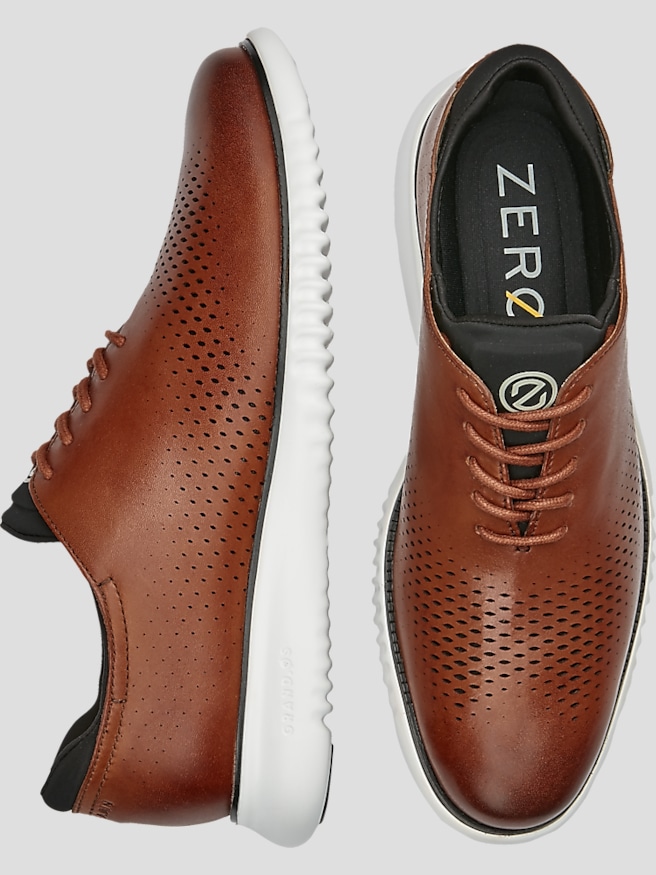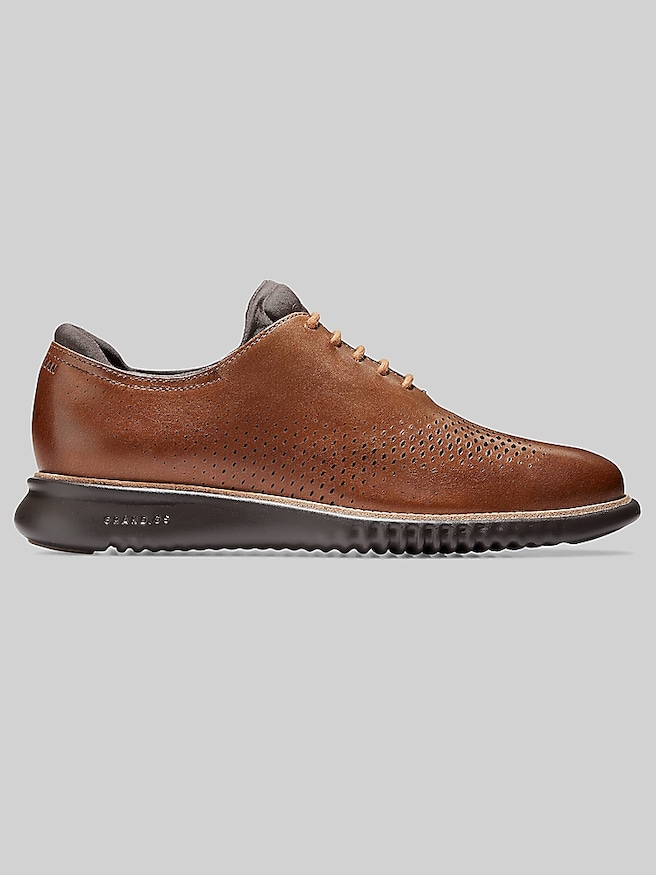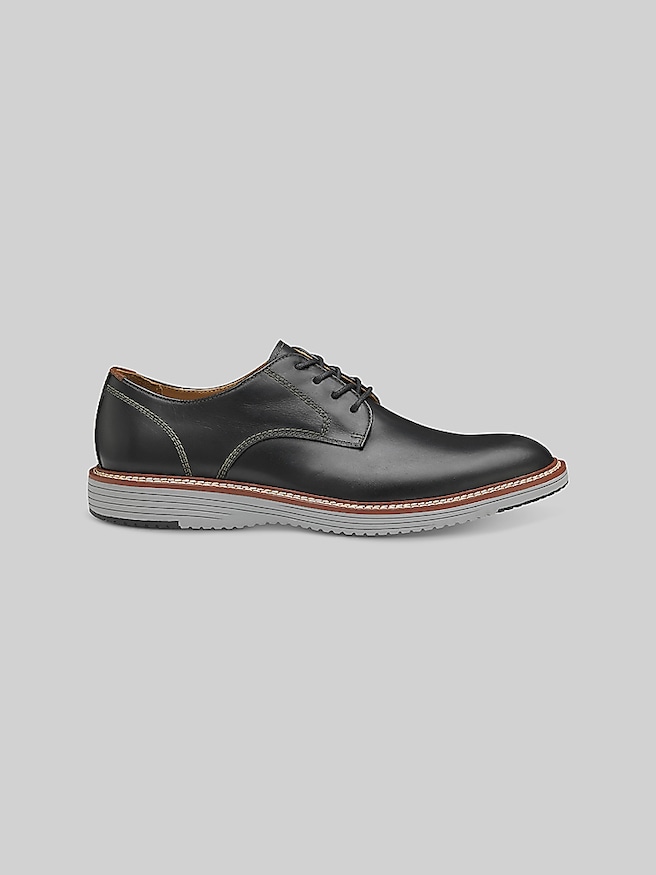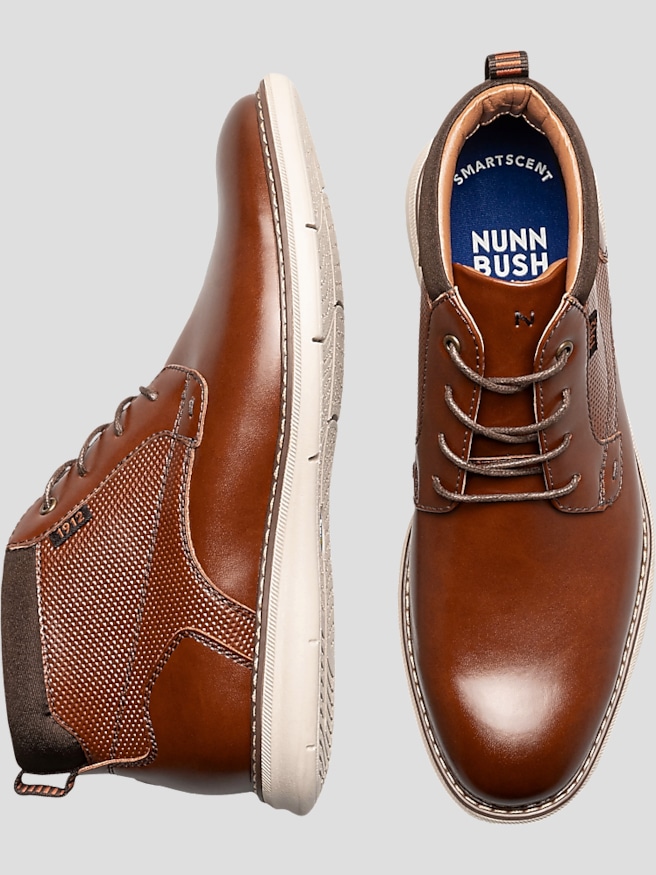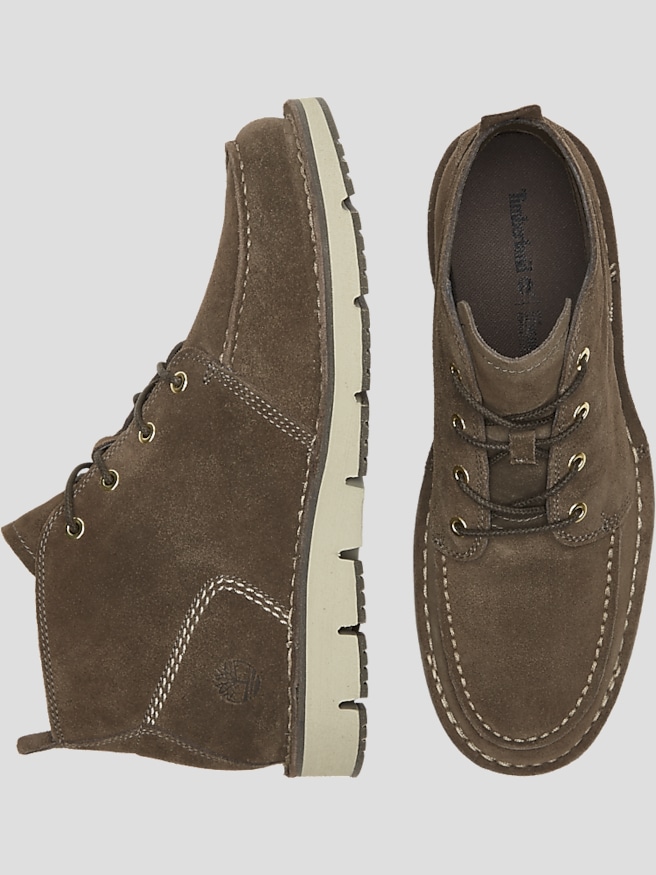Men's Size 10 Boots
Discover the perfect pair of men's size ten boots that combine style, comfort, and durability for any occasion. Whether you're seeking a polished look for the office, rugged footwear for outdoor adventures, or versatile options for everyday wear, our collection offers a variety of choices to suit your needs. Elevate your wardrobe with high-quality boots that provide both fashion and function, ensuring you step out with confidence and sophistication. Explore our selection of men's size ten boots and find the ideal fit that complements your unique style.
Men's Size 10 Boots
FAQs
What materials are commonly used in men's boots for fall and winter?
Men's boots for fall and winter are often crafted from full-grain leather, suede, nubuck, and waterproof synthetic materials. Leather is prized for its durability and classic look, while suede and nubuck offer a softer texture and a more casual vibe. Many boots also feature insulated linings or waterproof membranes to provide extra warmth and protection against the elements during colder months.
How can I care for and maintain my men's boots to ensure longevity?
To keep your boots looking their best, regularly brush off dirt and debris with a soft brush or cloth. Use a leather conditioner or protective spray, especially before exposure to wet or snowy conditions. Allow boots to dry naturally away from direct heat if they become wet, and use cedar shoe trees to help maintain their shape and absorb moisture. Periodic polishing can restore shine and protect the leather from drying out.
Are certain boot styles more versatile for both casual and dress occasions?
Yes, some boot styles, such as Chelsea and chukka boots, are highly versatile and can be dressed up or down with ease. These boots pair well with everything from jeans and chinos to dress pants, making them suitable for both casual outings and more formal events. Their clean lines and minimal detailing contribute to their adaptability in various settings.
What features should I look for in boots if I plan to wear them in wet or snowy weather?
For wet or snowy conditions, look for boots with waterproof or water-resistant uppers, sealed seams, and non-slip rubber outsoles for improved traction. Insulated linings can help keep your feet warm, while gusseted tongues prevent moisture from seeping in. These features work together to provide comfort and protection during inclement weather.
How do I break in a new pair of men's boots comfortably?
Breaking in new boots gradually is key to avoiding discomfort. Start by wearing them indoors for short periods, allowing the materials to soften and conform to your feet. Wearing thick socks can provide extra cushioning during the initial wear. If you notice any tight spots, using a leather conditioner can help ease the break-in process. Over time, the boots will mold to your feet, offering a custom fit.
